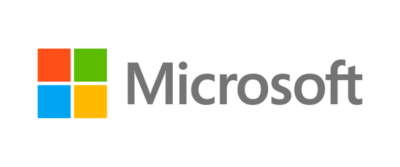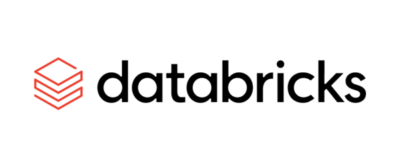This year’s IoT Solutions World Congress, a global event that focuses on the industry’s newest and most revolutionary solutions and technologies, was held in Barcelona between January 31 and February 2.
With more than 15,000 visitors, the event hosted more than 400 exhibitors showcasing their innovative solutions. It’s the ideal place to better understand technological trends and the industry’s focus on IoT. I had the chance to attend as Industry 4.0 and IoT Director of Uzinakod, and pleased to summarize my findings for this month’s tech review.
Equipment-as-a-Service
Equipment-as-a-Service (EaaS) is a business model whereby suppliers provide clients with capital equipment for which they receive periodic payments. In other words, suppliers rent their equipment for use while also providing additional services, such as maintenance or consulting, according to the contract.
This model is widely used by cloud providers and IT companies at large. As for the general public, most people are already highly exposed to the concept on a daily basis, whether it’s through infrastructure, platforms, or even on-demand software.
The aerospace industry has pioneered this approach with pay-as-you-use aircraft engines. In recent years, equipment manufacturers around the world have been shifting toward this business model, which is generally more beneficial to end users because it allows them to avoid the high costs associated with equipment purchase. Instead of paying millions up front, they now pay a subscription fee (monthly, yearly, or over several years) based on usage. Defective equipment is shut down until it’s repaired, and since suppliers are responsible for this service, it’s in their best interest to do so quickly and efficiently in order to maintain their revenue stream. Penalties may also be imposed depending on the contract.
Observability in terms of machine operation is therefore crucial. In addition, predictive/prescriptive maintenance is becoming a must for equipment suppliers looking to optimize their revenue. Since payment is contingent upon equipment use, this model forces manufacturers to make high-quality products that are built to last!
Digital twins
During the congress, several booths and presentations focused on digital twins, more specifically on their use in smart buildings, where they provide a real-time representation of a structure and its condition.
The concept of digital twins is to create a virtual representation of a real object. It’s increasingly used to simulate processes or machines in order to optimize their performance and predict their behaviour through parameter changes.
The concept is now also used in healthcare, where a digital twin of our body can be created. This should come as no surprise, as more and more sensors are present in and on our bodies. Many, such as smartwatches, are worn by choice, while others, such as pacemakers, are rather necessary.
During a presentation, I learned that a knee could provide data! Indeed, any implant can contain its share of data. This type of device now allows healthcare professionals to detect post-operative infections and treat patients before complications arise. This technology is paving the way for a new chapter in modern medicine.
Conclusion
Uzinakod is making its mark in the healthcare sector! Our developers are designing a growing number of customized high-tech solutions in this field, which is particularly close to our hearts. The IoT and embedded systems offer a world of possibilities, allowing us to maintain our goal of helping advance the medicine of tomorrow!




